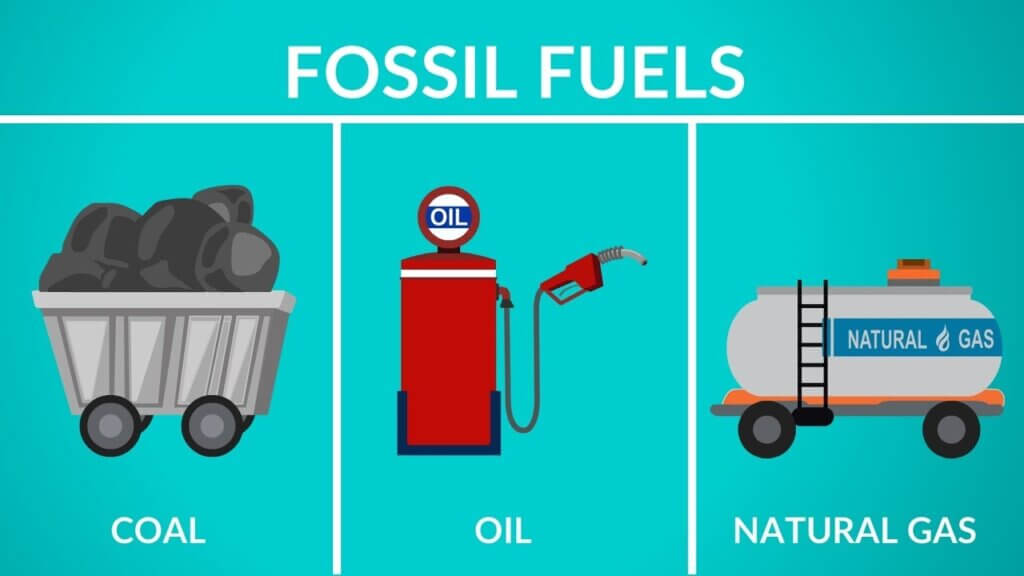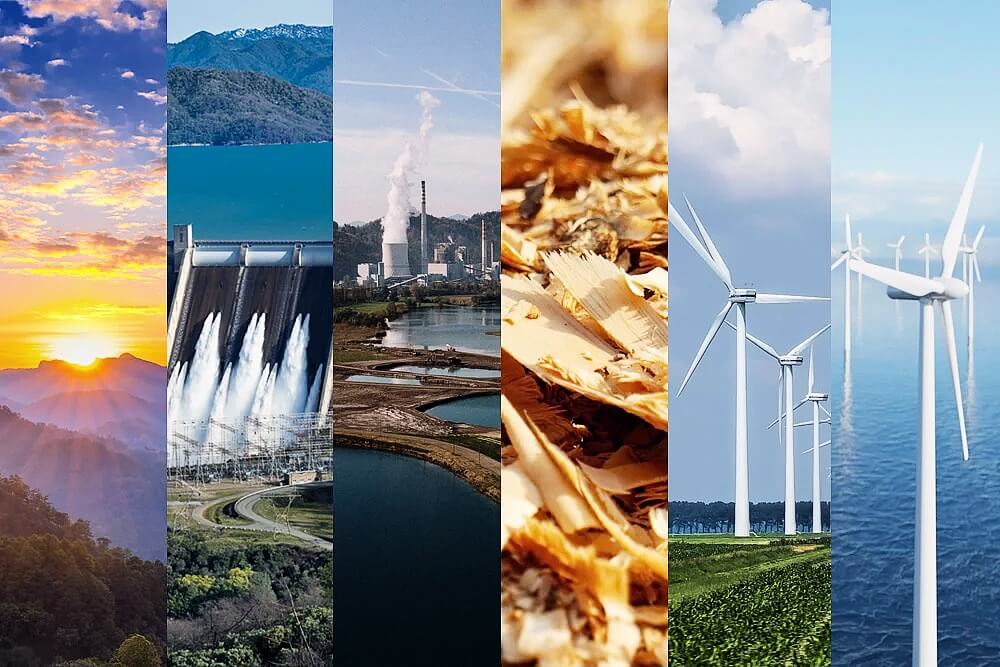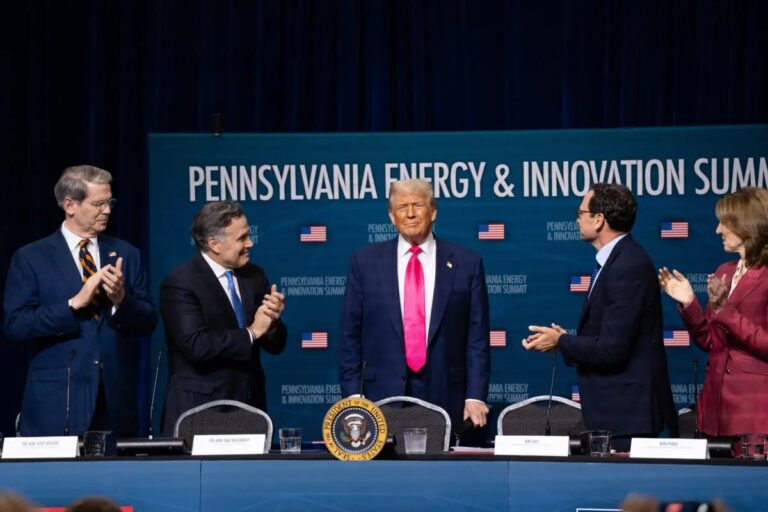Challenges of Wind Intermittency a surprising contradiction is emerging in the global energy landscape. On the one hand, unprecedented investment and amazing growth in the field of wind energy are seen, with 370,000 to 400,000 wind turbines standing worldwide represent a cumulative investment of $ 2.5 to 3 trillion.
On the other hand, a rigorous reality is that wind and solar energy together can complete only 2-3% of global primary energy consumption (which include heat and transport). This difference demands an intensive examination as to why this huge infrastructure is still playing the role of an assistant in the energy mixture, while fossil fuel -oil (33%), gas (23%), and coal (25%) – together dominate more than 80%.

Rise of a trillion-dollar industry
Challenges of Wind Intermittency energy has traveled from a technical curiosity to a major global industry in the last two decades. In 2023, a record spending of $ 217 billion on wind Turbines alone shows its speed.
However, this growth is not equally distributed. China has emerged as a un -contestable leader of this revolution, dominating the global market in 2023 with 72% of all new wind turbine production. This means that more than $ 100 billion was invested in China alone that year.
China’s dominance stems from several factors: a concentrated industrial policy, huge domestic demand, efficient supply chains, and the rise of major manufacturers such as Goldwind and Mingyang. The average cost of $ 1.5 million per turbine (for land-based projects) has enabled rapid deployment, which has not only become the largest producer in the world, but also its largest consumer.
Advertisement
Low impact in energy mix: 3% story
The contradiction here is the deepest. Despite the investment of hundreds of thousands of turbines and trillion dollars, wind and solar jointly provide a small part of global primary energy.
There are many fundamental reasons for this:

Primary Energy vs. Power
Challenges of Wind Intermittency energy discussion often has confusion between “power generation” and “primary energy”. Pawan and solar generate power, which is only 20% of the about of global primary energy consumption. The remaining 80% is used for heat (industrial processes, to heat buildings) and transport fuel. While electrification (such as electric vehicles), most transport and industrial heat still directly depends on fossil fuels.
Intermittency
The biggest Challenges of Wind Intermittency and solar energy is its unstable. The wind does not always move and the sun does not shine at night. Therefore, they often require support by storage systems of reliable baseload electric sources (such as coal, gas, nuclear, or hydroelectric) or not yet widely available.
Permanent leadership of hydroelectric
The leading renewable energy source is not wind or solar, but hydroelectric, which contributes about 14% of global primary energy. Established in decades, hydroelectric projects provide reliable, approximate and grid-stable IZing power.
Thus, 3% contribution of wind energy is not a sign of its failure, but rather shows the vastness and complexity of the global energy system, and the challenge of electrification in the areas of heat and transport.
Future challenges: declaration, recycling and continuous development
According to the forecast by the Global Wind Energy Council, there will be an increase in 2025 with 25,000–30,000 new turbines. However, this development brings new Challenges of Wind Intermittency.

Decamping Tsunami
About 10,000-15,000 turbines are decorated per year, whose life expectancy is usually 17-20 years worldwide. It symbolizes the end of the life cycle of the first generation turbines. The long -term cost of retrofitting, upgrading or completely removing these turbines is estimated to be $ 50 to 100 billion.
Blade settlement crisis
About 85–90% of a turbine (steel tower, concrete base, copper wires) can be easily recycled. The challenge is in the blade, which are made up of light, extremely strong mixed materials (fiberglass and carbon fibers), which are difficult to break and recycle. Historically, many utility blades are finished in landfills.
Recycling Innovation
Fortunately, this Challenges of Wind Intermittency is motivating innovation. Companies are now developing the way to use the blade materials as “co-processing” fuel and raw materials in the cement industry, or breaking them to new products such as park benches, floor tiles, or even the ways of converting materials for roads. This progress promises to reduce future disposal costs and environmental impact.
Advertisement
Conclusions: the path of a complex infection
The story of wind power is not simple. It is a depiction of an industry that is growing rapidly, yet is still competing with a huge, installed fossil fuel energy system. Despite the investment of trillions of dollars and the domination of China, its energy contribution is currently modest, which outlines the vast challenge of energy infection.

The future path not only involves installing new turbines, but also managing the life cycle of the old infrastructure, investing in energy storage and grid management to solve the problem of intercourse, and most, excluding rapid electrification in areas such as transport and industrial heat. Wind energy is undoubtedly an important weapon, but this fight to fight climate change has just begun, and



